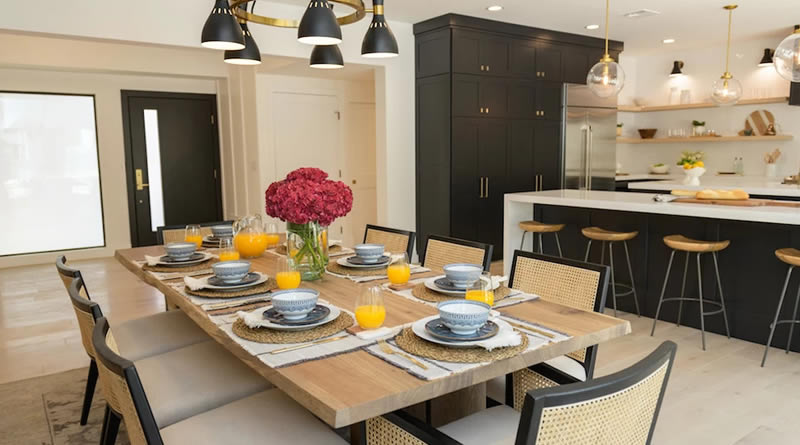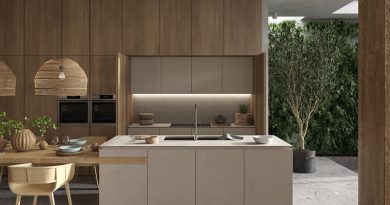Optimizing Lighting in Kitchen and Dining Room Decor
The proper lighting arrangement is an essential aspect of kitchen and dining room decor. It not only illuminates these spaces but also sets the mood, enhances functionality, and adds a touch of style to the overall design. In this article, we will explore effective strategies for optimizing lighting in your kitchen and dining area, ensuring a harmonious and inviting ambiance that both residents and guests will enjoy.
1. Layered Lighting
Creating a well-balanced lighting scheme involves layering different types of lighting to achieve the desired effect. Start with ambient lighting, which provides overall illumination to the entire space. This can be achieved through recessed ceiling lights or a central pendant fixture. Next, incorporate task lighting for specific areas such as the kitchen countertops and dining table. Under-cabinet lights, pendant lights, or track lighting can effectively illuminate these work surfaces. Finally, accent lighting can be used to highlight architectural features, artwork, or decorative elements, adding depth and visual interest to the room.
2. Natural Light Integration
Utilizing natural light is a cost-effective and eco-friendly way to enhance the lighting in your kitchen and dining room. Maximize the entry of natural light by strategically placing windows or skylights in these areas. Consider window treatments that allow ample light to pass through while still providing privacy when needed. Natural light not only illuminates the space but also creates a warm and inviting atmosphere.
3. Dimmers and Lighting Controls
Incorporating dimmer switches and lighting controls gives you the flexibility to adjust the intensity of the lighting according to different activities and moods. Dimmers allow you to create a soft and intimate atmosphere during meals or gatherings, while brighter settings are ideal for food preparation or tasks that require focused lighting. Installing separate switches or zones for different lighting sources enables you to customize the lighting arrangement to suit specific needs.
4. Consider Lighting Fixtures
Choosing the right lighting fixtures can significantly impact the overall aesthetic of your kitchen and dining room. Consider the style and design of your space when selecting fixtures to ensure they complement the existing decor. Pendant lights above the kitchen island or dining table can serve as focal points while providing functional lighting. Wall sconces can add a touch of elegance and contribute to a cozy atmosphere. Remember to pay attention to the color and temperature of the light bulbs used in these fixtures to create the desired ambiance.
5. Proper Placement and Balance
Strategic placement of lighting fixtures is crucial to ensure even illumination and avoid shadows or dark spots. Aim for a balanced distribution of light throughout the space. For example, in the kitchen, place task lighting fixtures above work areas, such as the stove, sink, and countertops. In the dining room, position lighting fixtures directly above the table to provide adequate lighting for meals and socializing. It’s important to consider the size and layout of the room when determining the placement of lighting fixtures.
By implementing these strategies, you can optimize the lighting in your kitchen and dining room, creating an inviting and functional space that is visually appealing. Remember to consider your personal preferences and the overall style of your home when selecting lighting fixtures and designing the lighting scheme. With attention to detail and a focus on creating a warm and welcoming ambiance, you can transform these areas into inviting spaces where meals are enjoyed and memories are made.




